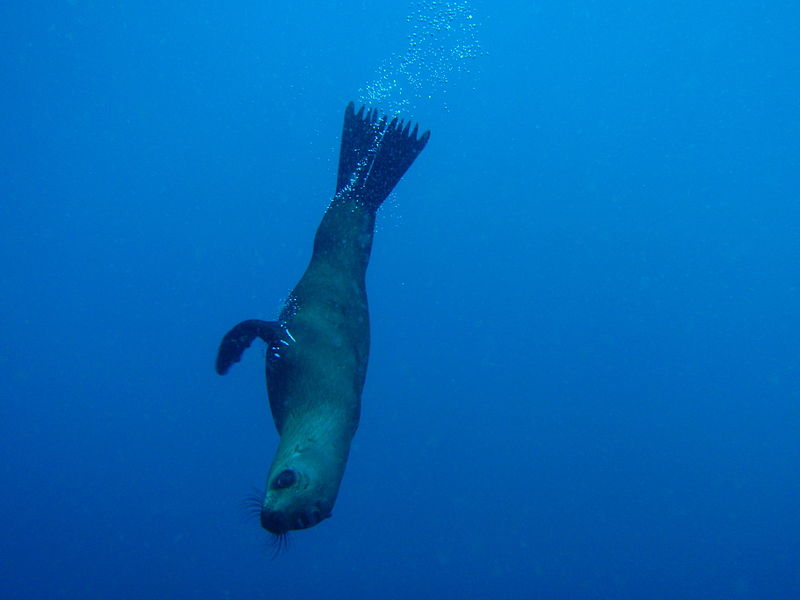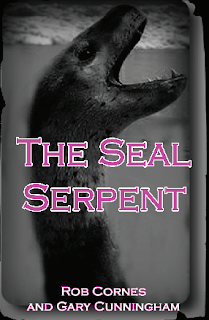In 1750 Dr James Parsons, member of the Royal Society wrote A Dissertation upon the Class of the Phocae Marinae In it he references Musaeum Regalis Societatis; or a Catalogue & Description of the Natural and Artificial Rarities belonging to the Royal Society and preserved at Gresham College This early was a description of natural artefacts which The
Royal Society in England had been collecting from the mid-1660s onwards and was catalogued in 1681 by one Dr Nehemiah Grew a botanist
and one time secretary to The Royal Society. In part one of the resulting tome on page
95, in a chapter called of Fifthes [sic]
he includes the following intriguing description:
The Long Necked seal I find him nowhere distinctly
mentioned [M]uch slenderer than either
of the former; but that, wherein he principally differs, is the length of his
neck; for from his nose-end to his fore-feet, and from thence to his tail, are
the same measure; as also in that, instead of his fore-feet, he hath rather
fins; not having any claws thereon, as have the other kind.
Scott Mardis subsequently brought it to the worlds attention in an excellent article (below).

The animal is clearly some form of fur seal or sea lion, but not recognised as such at the time, which according to Parsons may have originated anywhere.The Rairities collection later fell into disrepair with part of it being transferred to the British Museum and possibly, The Natural History Museum in London where it subsequently appears to have been lost.
At the time Parson wrote his dissertation knowledge of otariids (fur seals and sea lions) was minimal with most still awaiting proper scientific description. Sailors would have observed such animals which were termed sea dogs, sea bears etc.prior to scientific classification and it is likely that Parsons seal was simply an early specimen of otariid that found its way to England and ended up in the Rarities Collection. Indeed this supposition was subsequently made by the naturalist William Jardine and William Hamilton in The Natural
History of the Amphibious Carnivora, Including the Walrus and Seals,
Also of the Herbivorous Cetacea, &c. Illustrated by Thirty-three
[i.e. 32] Plates, with Memoir and Portrait of Peron – and J.E.Grey in Observations on the fur-seals of the Antarctic seas and the Cape of Good Hope, with the description of a new species In fact the Cape Fur Seal or South African fur seal, Arctocephalus pusillus, (below), had been exploited as food by sailors since the late 1500s .





No comments:
Post a Comment